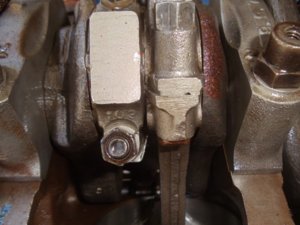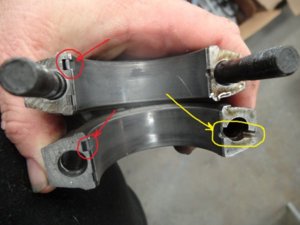PurpleBeeper
Well-Known Member
I'm piecing together a "street motor" from a pile of misc. parts. What direction do the pistons go on the rods (say vs. the number on the rods or ?)
I know the notch (if it has one) on the pistons goes towards the front of the motor, but I bought some loose rods & want to help the machine shop installing pistons. "Somebody" mentioned that the rods should be oriented (say vs. the number) in a particular direction. "Somebody else" bought a motor only to find out after pulling the heads that the pistons were installed backwards. I'd like to avoid any problems.
THANKS FOR THE HELP!
I know the notch (if it has one) on the pistons goes towards the front of the motor, but I bought some loose rods & want to help the machine shop installing pistons. "Somebody" mentioned that the rods should be oriented (say vs. the number) in a particular direction. "Somebody else" bought a motor only to find out after pulling the heads that the pistons were installed backwards. I'd like to avoid any problems.
THANKS FOR THE HELP!


















